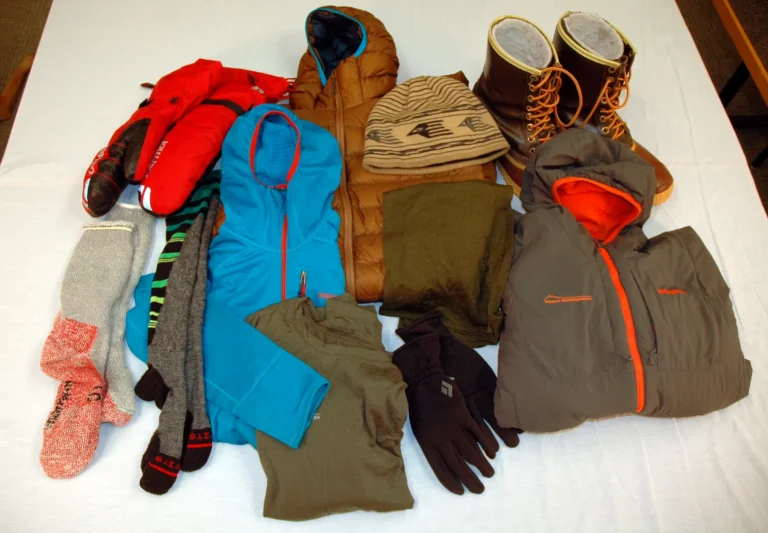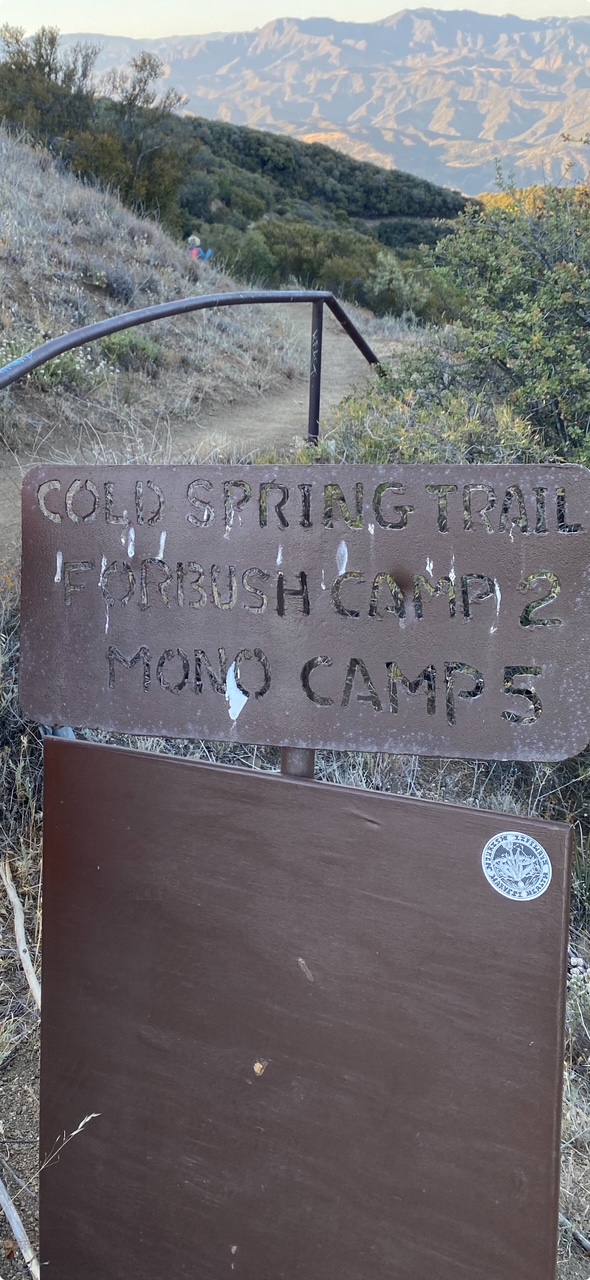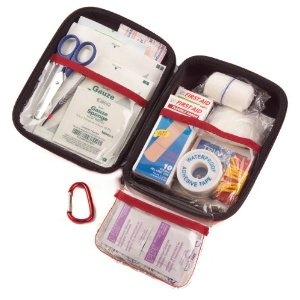Altitude Cooking
What taste good and cooks well in the flatlands can leave you hungry in the high country.
Of food and high altitude, he or she who eats the most, does the most. You perform better, you feel better, and you enjoy the experience more. Problem is altitude hits you with a double whammy at mealtime.
Whammy one: It’s more difficult to eat.
Whammy two: It’s more difficult to cook.
Both problems arise from a decrease in atmospheric pressure. The higher you go, the less oxygen there is for body and stove to function efficiently. Most people don’t notice any difference at 4,000 feet, but they do at 6,000 to 8,000 feet. If poorly prepared and acclimatized, backpackers begin to suffer mightily at 9,000 to 10,000 feet.
With less oxygen going to the brain and stomach, you don’t feel like eating at all, never mind cooking. In fact, you may even feel like vomiting. That’s why the first rule is to ignore your feelings. Food is fuel, so eat because you must. Take comfort in the fact that anorexia, the absence of an appetite, hits its peak during the first three days at higher altitude. As your body acclimatizes, your hunger should slowly return.
Load up on carbohydrates:
Higher altitudes mean less oxygen available for your body’s metabolic processes to function properly. Since carbohydrates (cereals, grains, candy, sugar, fruits, and vegetables) require significantly less oxygen for metabolism, carbs become increasingly important as you go higher. “They also seem to be more palatable at altitude than fat and protein,” expert says.
Studies indicate that a caloric intake of at least 60 percent carbohydrates at higher altitudes produces more energy, less weight loss, and as a bonus, more rapid acclimatization. Lower your caloric intake of fats (cooking oil, butter, cheese, fatty meats) to 12 to 15 percent, and round out your diet with protein (eggs, whole grains, fish, lean meats).
Because your caloric needs increase with altitude, you’ll find it difficult to eat enough food, even when choking down three meals a day. While it takes about 2,000 calories a day to maintain body weight at sea level, you’ll need 5,000 to 6,000 calories to remain active and healthy at 14,000 to 16,000 feet. Keep snacks handy. Munch often on candy bars, granola bars, bagels, raisins, banana chips. Munch occasionally on meat sticks, cheese, nuts, and dried fruits such as apples and apricots.
Drink lots of water:
Water keeps your blood volume within normal limits, and altitude increases the rate at which you lose body moisture, so your intake must increase to match. By the time reach 10,000 feet, you might need 4, 5, even 7 quarts of water each day. The old maxim holds true at any altitude: Urine runs clear when you’re well hydrated. Plain water works fine, although you can get some necessary fluid from soup, instant fruit drinks, hot chocolate, and tea.
Fire up the stove:
By the time you reach 7,000 feet above sea level, your stove will be working longer and harder.
Foods take longer to prepare because they’re cooking at a lower temperature. For every drop of 10 deg.F in boiling temperature, cooking time is approximately doubled.
Choose a stove and fuel proven efficient at altitude. White gas, the best choice for fuel, produces high heat output with no mess if it spills. Propane is an efficient fuel for altitude, but must be carried in a bulky tank.
Eat high quality foods:
Pack quick rice, instant potatoes, thin pastas, dehydrated foods, and freeze dried foods. With an extra water bottle, you can soak dehydrated foods during the day and shorten cooking time in the evening. Consider carrying small cans of meat for protein, taste, and ease of preparation, and keep your spice and sauce kit full of the taste enrichers you enjoy.
Boiling Point of Water at Altitude:
14,000 feet– 186.8 deg. F
13,000 feet– 188.6 deg. F
12,000 feet– 190.4 deg. F
11,000 feet– 192.2 deg. F
10,000 feet– 194.0 deg. F
9,000 feet– 195.8 deg. F
8,000 feet– 197.6 deg. F
7,000 feet– 199.4 deg. F
6,000 feet– 201.2 deg. F
Sea Level ———– 212 deg. F









